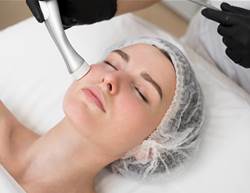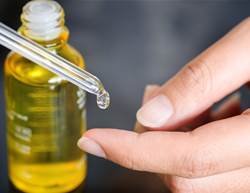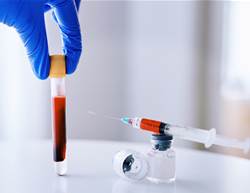National monuments are set in stone; visible signs of ageing are not. The good news science is starting to confirm: even if you’ve passed 40, it’s possible to turn back the clock on your skin and actually undo signs of damage.
“Absolutely, starting later is dramatically better than not at all,” explains Dr Bryan Mendelson, an aesthetic surgeon. Here, leading dermatologists share the simple secrets that can reverse the damage and male all the difference between looking your age and, well, looking ageless.
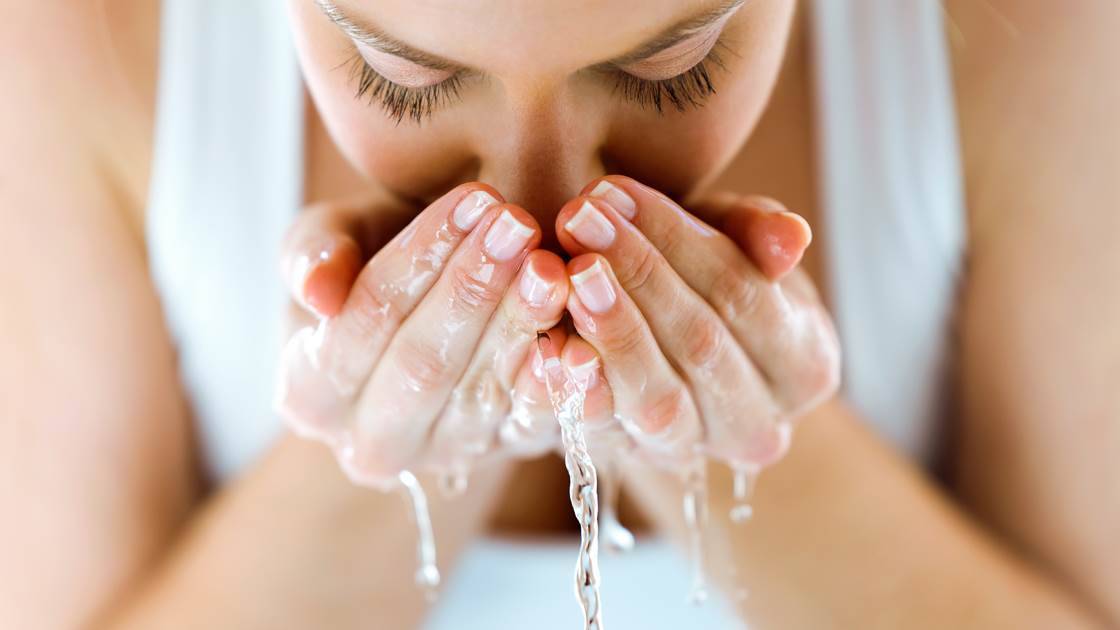

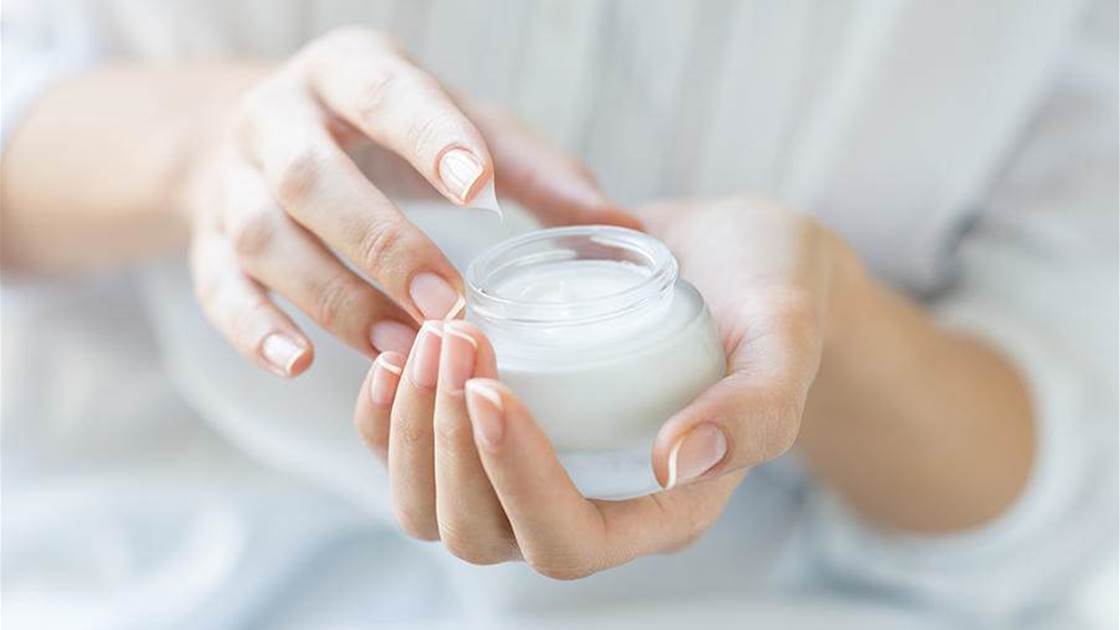
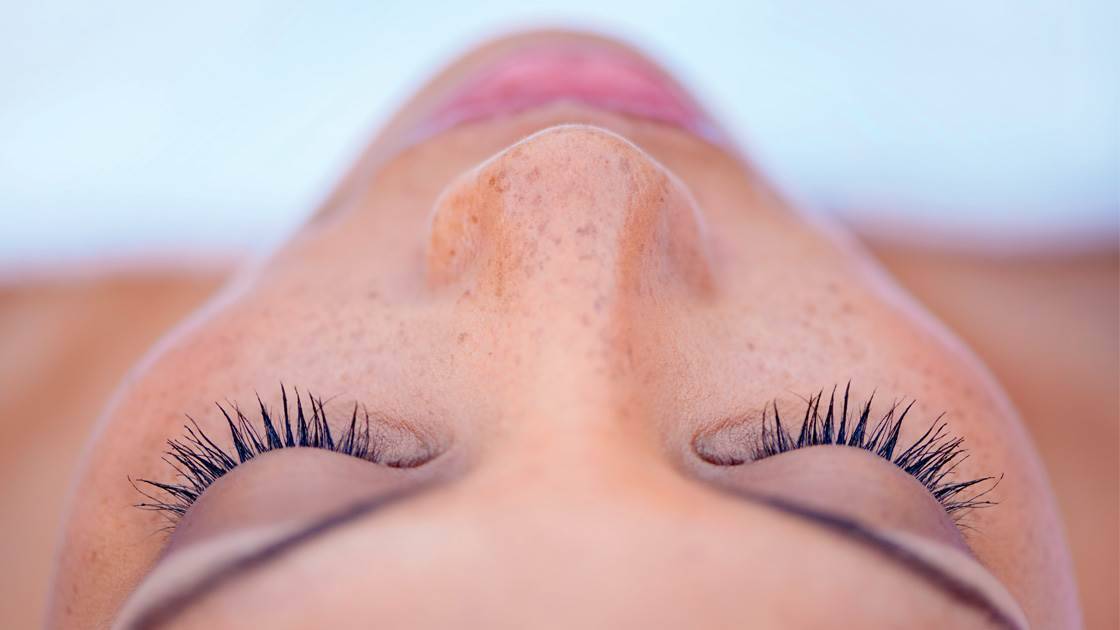
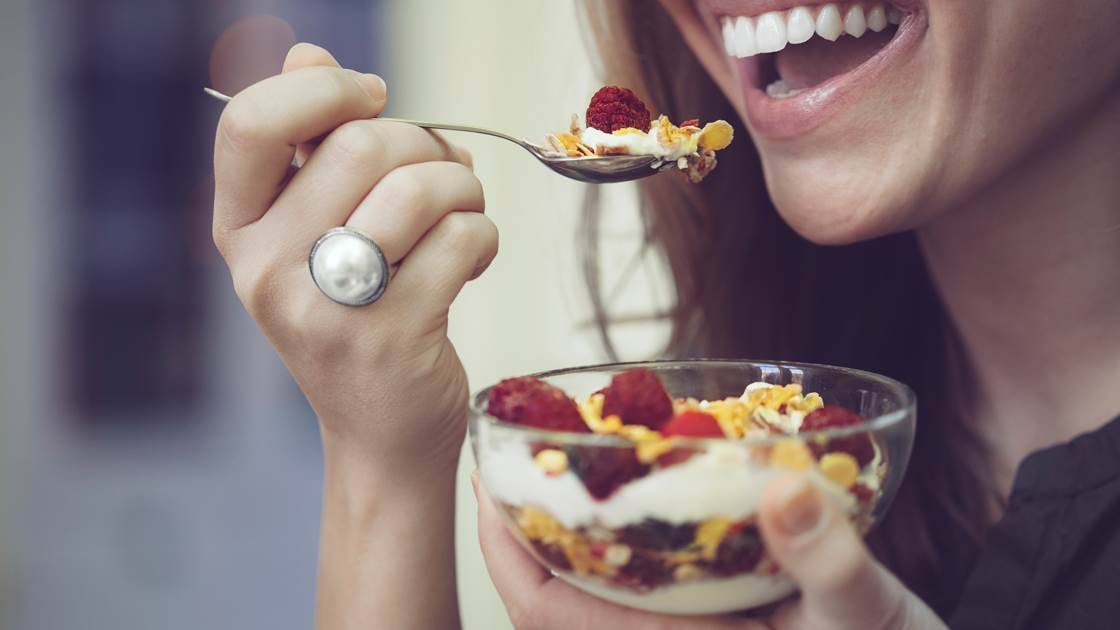
Rule #1: Wash with a cleanser that turns skin into a sponge for anti-ageing products.
Fact: if you buy whatever cheap cleanser is on sale or promises the biggest benefits on its label, you've not been doing the best for your skin. First, dermatologists say, you should choose a cleanser designed specifically for your skin type (this rule of thumb applies to almost all facial-care products). Skin that tends to get dry? Opt for a hydrating wash. Normal or combination? Look for a foaming cleanser, which can help rid skin of excess surface oil. No matter what your skin type, as long as it’s not super sensitive, choose a cleanser that contains alpha hydroxyl acids or AHAs. Why? “AHA in cleansers gently releases the dead cells naturally by weakening the intercellular bonds,” says Mendelson. And if you use an exfoliating cleanser, there’s no need to invest in a separate scrub or exfoliating product – in fact, using them together can irritate the skin. AHAs are found naturally in milk and fruit sugars – look out for lactic acid, glycolic acid or citric acid on labels.
Rule #2: Face serums are like lingerie: Wearing the right inner layer can transform how you look on the outside.
If you don't use a serum now, you should: most contain effective anti-ageing ingredients not typically found in cleansers, moisturisers, or facial oils. But just as you do with lingerie, you'll want to wear something different during the day than what you sleep in at night. In the morning, apply a serum that contains antioxidants like resveratrol and vitamins C and E. These powerful agents act like fire extinguishers on skin, says dermatologist Dr Joshua Zeichner, dousing inflammation caused by free radicals.
At night, skip antioxidant-only blends and opt for a serum with retinol, a potent derivative of vitamin A. It helps repair skin by speeding cell turnover, preventing the breakdown of collagen, and stimulating new growth of the skin-firming protein. “When retinoic acids are regularly applied, the skin appearance dramatically improves over the years to give a laser like result without the risk,” says Mendelson. Retinol can become less effective when exposed to sunlight, so be sure to apply it at night only. If you've never used a retinol product before, apply the serum every other night for the first month to reduce the possibility of skin irritation. Easy!
Rule #3: The foundation of younger skin is a multitasking moisturiser.
Wearing sunscreen on a daily basis is the most important thing you can do now for younger-looking skin. While SPF won't undo the sun damage your skin has already incurred, it's the best way to prevent more signs of photoageing, like fine lines, age spots, and discolouration.
There's certainly no rule that says you have to use a daytime moisturiser with SPF, but doing so means you'll speed up your morning routine - and be less likely to skip applying sunscreen. Look for a broad-spectrum product, meaning both UVA and UVB rays are protected against, to the degree specified by the Sun Protection Factor, says Mendelson. But don’t be deceived by higher numbers – SPF 30 and above provide only a small amount of additional benefit over SPF 15, he adds. For optimal benefits, choose an SPF moisturiser that also includes repair technology to protect skin from damage caused by infrared and visible light.
You won't want SPF at night, so invest in a night cream to use before bed. If your skin is still too dry, choose a hydrating cream with peptides that can help stimulate collagen growth, which, in turn, will work to make your skin look smoother and fresher. Prefer the feel of facial oil? Opt for one with argan oil, which is rich in vitamin E, fatty acids and excellent for helping repair damaged skin, according to Mendelson. No matter which moisturiser you choose, don’t apply it to the delicate skin under your eyes. To treat this sensitive area, use an eye cream with collagen repairing peptides instead.
Rule #4: Call in an expert to do the hard work.
The best foods and products will help get you glowing. But sometimes you need an expert to repair more complex problems. A good dermatologist can recommend the right products for your skin, and might even suggest treatments like injectables or skin tighteners – that use radio frequency to smooth out wrinkles.
While treatments like this can seem a little over the top, they may ultimately reduce the amount of effort you have to put in over time, says dermatologist Dr Ellen Marmur. "By using treatments sparingly, you can avoid a full overhaul later, meaning you ultimately will do and spend less in your 50s and beyond."
Rule #5: What you put in your mouth is as important as what you put on your skin.
You already know diet can do powerful things — like totally transform how your body looks in a matter of months. So why wouldn't what you eat have the same effect on your skin? A healthy diet rich in hydrating whole foods and low in processed, packaged junk with sugar and chemical additives (both of which can trigger skin inflammation) is as important to a youthful glow as any product. In particular, Colbert recommends choosing foods high in probiotics, shown to help counter inflammation and bad gut bacteria that can wreak havoc on skin from the inside out. Here, Colbert shares the easy four-food dietary prescription he gives to clients who want to eat for younger-looking skin. Don’t wait, dig in!
Greek yoghurt: Spoon this on for a dose of protein and probiotics
Almonds: High in healthy fats and vitamin E
Blueberries: A wallet-friendly way to get more antioxidants
Kale: Rich in wrinkle-fighting vitamin A






